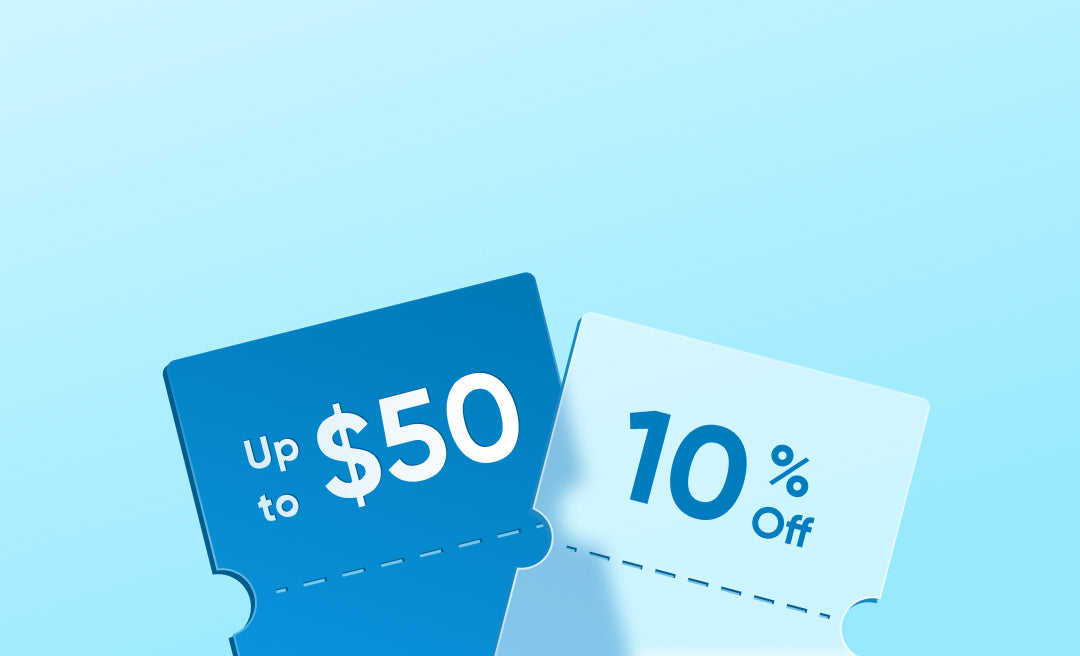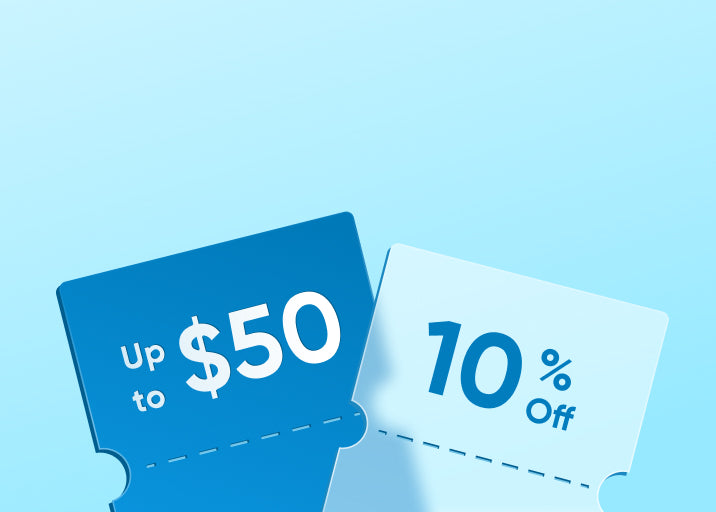Nipple piercing is a unique form of self-expression. If you have your nipples pierced before and now with a baby on the way, you might be wondering: can you breastfeed with nipple piercings? Is it safe or do you need to remove them? This guide delves into the potential risks and safety precautions to consider when breastfeeding with piercings. Read on to make an informed choice that works best for you and your baby.

Can You Breastfeed with Nipple Piercings?
The short answer to "Can you breastfeed with a pierced nipple?" is yes, you can. Nipple piercings do not inherently prevent you from breastfeeding, but they can introduce some unique challenges.
The presence of jewelry, for instance, can potentially interfere with your baby's latch or cause discomfort for both you and your baby. Additionally, there is a risk of the piercing site becoming irritated or infected, which can further complicate breastfeeding.
However, with proper care and precautions, many mothers with nipple piercings have successfully breastfed their babies. It's essential to understand the risks involved and take steps to minimize any potential issues.

Potential Risks Caused by Nipple Piercing When Breastfeeding
While breastfeeding with nipple piercings is possible, it does come with potential risks that need to be carefully considered.
- Infection: One of the primary concerns with breastfeeding and nipple piercings is the risk of infection. The nipple area is sensitive, and even if your piercings are fully healed, breastfeeding can sometimes lead to irritation or reopening of the piercing site. If bacteria enter the piercing, it could cause an infection, which can be painful and may require medical treatment.
- Blocked Milk Ducts: Nipple piercings can occasionally cause blockages in milk ducts, which can lead to painful conditions such as mastitis or a reduced milk supply. Jewelry or scar tissue from the piercing might obstruct the natural flow of milk, making it harder for your baby to nurse effectively.
- Choking Hazard: Nipple jewelry, such as rings or studs, poses a significant choking hazard for your baby. The suction from your baby's mouth during feeding could dislodge the jewelry, causing a serious choking risk. Even if the jewelry remains secure, it can still damage your baby's delicate mouth tissue, leading to discomfort or injury.
- Latch Issues: Jewelry or scar tissue may also interfere with your baby's ability to achieve a proper latch, making feeding sessions more difficult for both of you. A poor latch can reduce milk intake for your baby, cause discomfort for you, and potentially lower your milk supply.
- Nipple Trauma: The friction and pressure from jewelry during breastfeeding can lead to nipple trauma, including soreness, cracks, or bleeding. This can make breastfeeding painful and may lead to further complications like poor latch or milk flow issues.
- Faster Milk Flow: Even if you remove your piercings, the extra holes created can result in a faster-than-usual milk flow, which some babies may struggle to manage. A rapid flow can cause your baby to choke, gag, or swallow too quickly, leading to discomfort or feeding difficulties.
How to Safely Breastfeed with Nipple Piercings
Despite these risks, breastfeeding with nipple piercings can still work with extra care and attention. So, how can you breastfeed with nipple piercings safely? Here are some essential tips:
Remove Jewelry
To reduce the risk of choking and prevent damage to your baby's mouth tissue, it is best practice to completely remove the nipple jewelry for the entire duration you plan to breastfeed, whether that's six weeks, six months, a year, or longer. While you do run the risk of your piercings closing up, prioritizing your baby's safety is paramount.
This ensures your baby can latch properly without interference, and you avoid the potential hazards posed by dislodged jewelry. You can also choose to take out your nipple jewelry before each feeding, but it might be a hassle, especially in the first few months.
Keep Piercings Clean
Maintaining impeccable hygiene is crucial when breastfeeding with nipple piercings. Regularly clean the piercing site with warm water and a mild, fragrance-free soap to prevent bacterial buildup that could lead to infection. Ensure your piercings are fully healed before you begin breastfeeding to minimize the risk of complications, such as irritation or infection.
Use a Breast Pump to Help Regulate Milk Flow
A breast pump can be a valuable tool when breastfeeding with nipple piercings. If you experience leakage due to the extra holes created by piercings, or if your baby is struggling with the fast flow, using a pump can help regulate the flow before feeding. On the other hand, if you're experiencing low milk flow or blocked ducts, pumping can help stimulate your milk supply and alleviate any blockages, ensuring a smoother feeding experience.
To reduce irritation during pumping, look for pumps that feature soft, flexible flanges that molds to your breast and nipple, like the eufy Wearable Breast Pump S1 Pro. It has a built-in heating element and an accurate temperature sensor that work together to closely simulate the natural experience of breastfeeding. The soft, BPA-free silicone gently warms up during pumping, offering a soothing warmth that's similar to the feel of your baby's cheek.

It allows you to easily adjust the suction strength and cycle speed to whatever feels most comfortable for you, so you can avoid pulling too harshly on the pierced area, which could cause discomfort or trauma.
Adjust Nursing Positions
Different nursing positions can help reduce discomfort or pressure on your piercings. Experiment with various positions, such as the football hold or side-lying position, to find what works best for you. Some positions may reduce friction or irritation, making breastfeeding more comfortable while keeping the piercing intact.
Monitor for Signs of Infection or Irritation
Be vigilant for any signs of infection or irritation, such as redness, swelling, or discharge. If you notice any of these symptoms, contact a healthcare provider immediately, as untreated infections can lead to more serious conditions, including mastitis or interrupted milk supply.
Conclusion
As we've explored, the answer to the query, "Can you breastfeed with nipple piercings?" is yes, but it requires careful consideration and proper precautions. Nipple piercings usually won't stop your milk from being produced, but they can sometimes cause issues with milk flow and pose some risks to your baby. By understanding the potential risks and taking steps to ensure safety, like removing the jewelry and using a wearable breast pump, you can successfully breastfeed while having piercings. If you encounter challenges or need additional guidance, don't hesitate to reach out to a lactation consultant.
FAQs
Should you remove nipple piercings before feeding?
Before breastfeeding, always remove your nipple jewelry. It can be a choking hazard if it comes loose while your baby is suckling on your breast. Even if it stays in place, it could hurt your baby's mouth. So, be on the safe side and take it out before feeding your baby.
Can nipple piercings affect milk supply?
Nipple piercings generally do not affect milk supply. However, they may cause complications like blocked ducts, scarring, or infections, which can interfere with breastfeeding. It's important to remove the jewelry during nursing to avoid risks to the baby and consult with a healthcare provider for personalized advice.
How long can you breastfeed with nipple piercings?
It's recommended to remove nipple jewelry for the entire duration of breastfeeding, whether that's 6 weeks, 6 months, a year, or longer. While there's a chance your piercings could close up, it's the safest option for your baby.
















